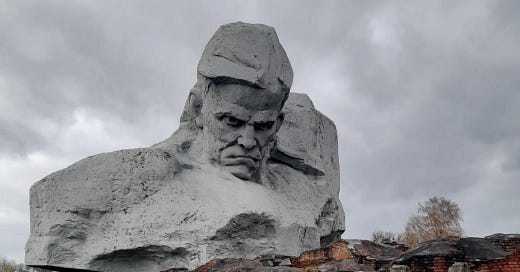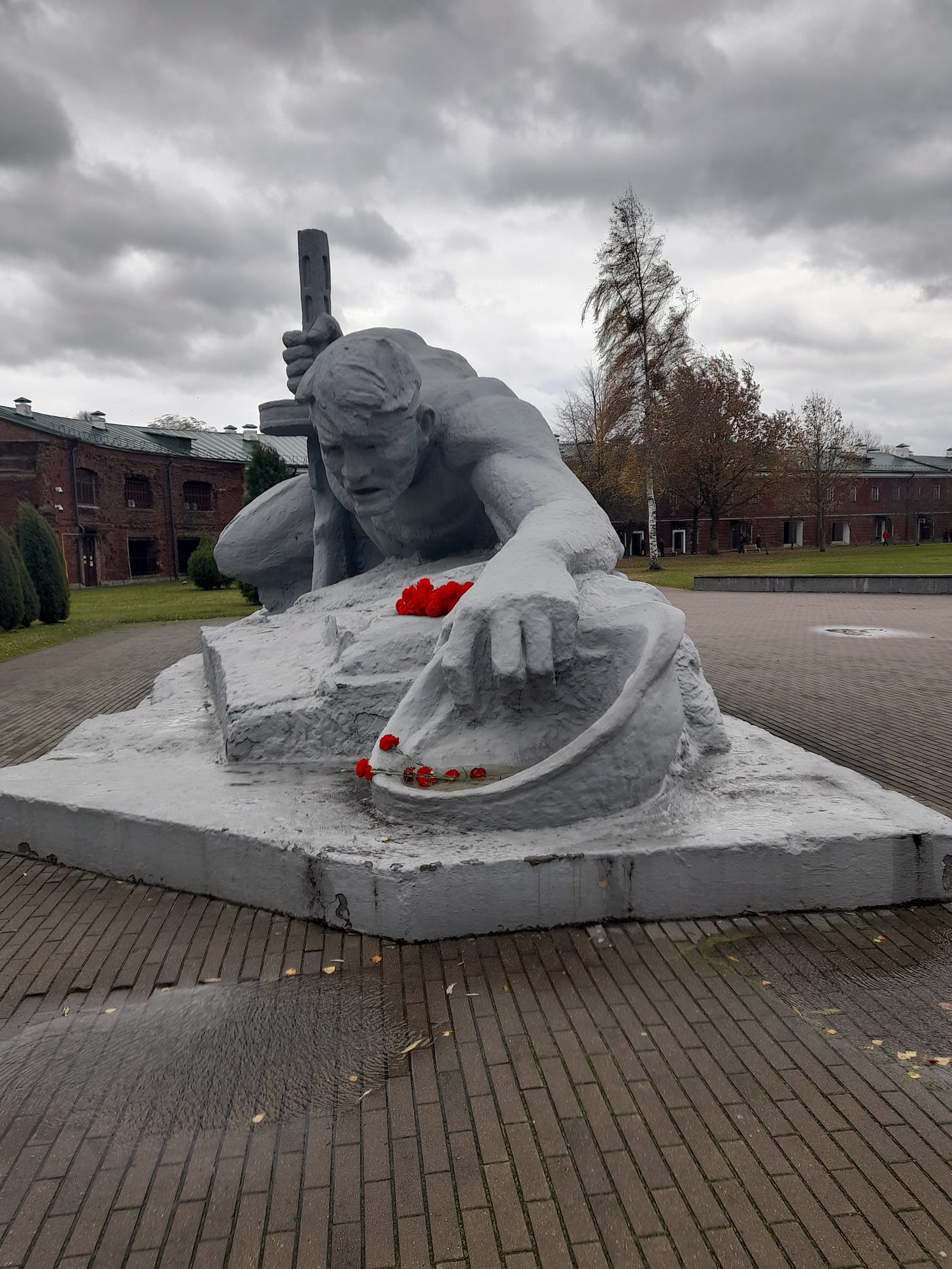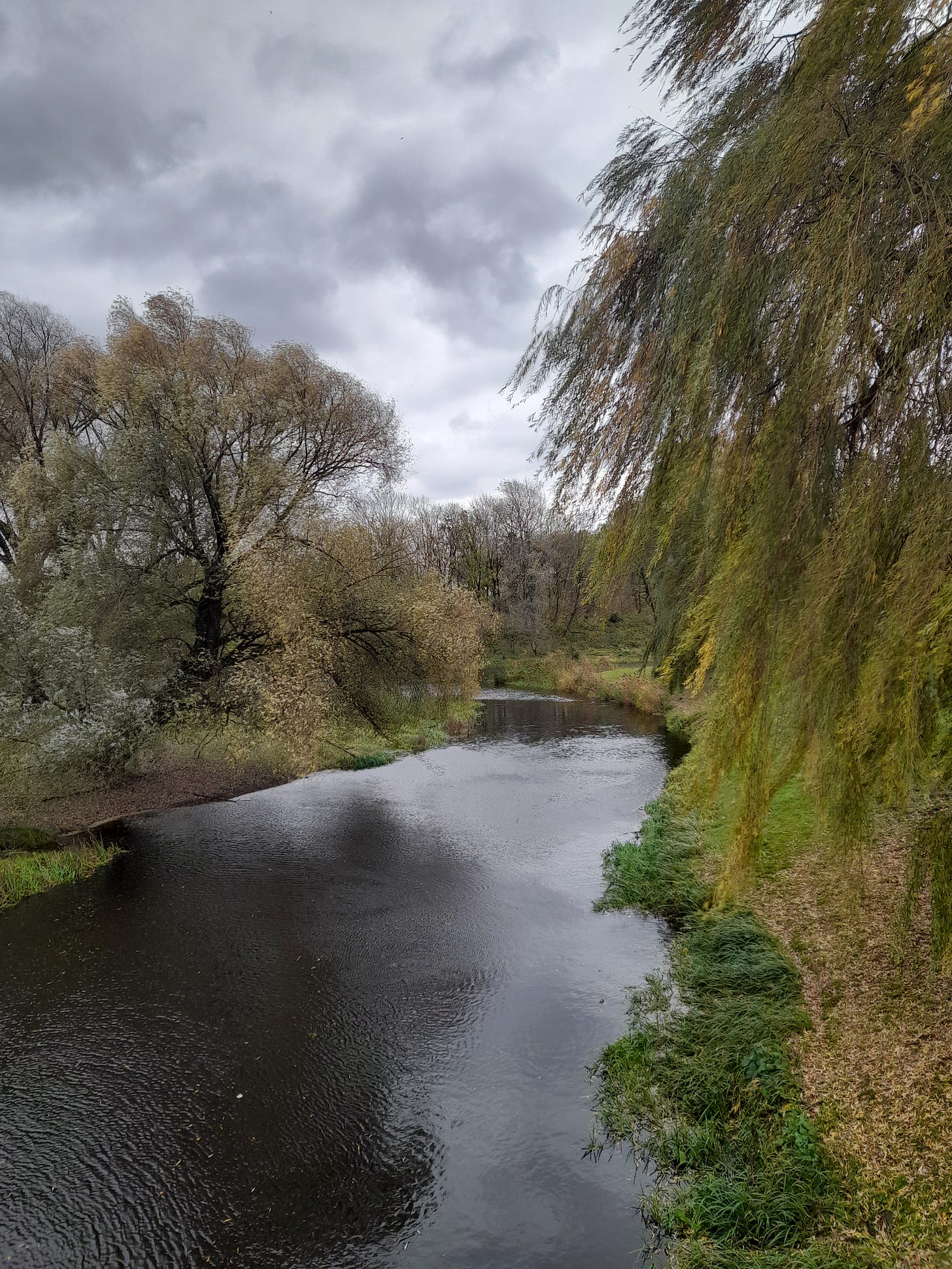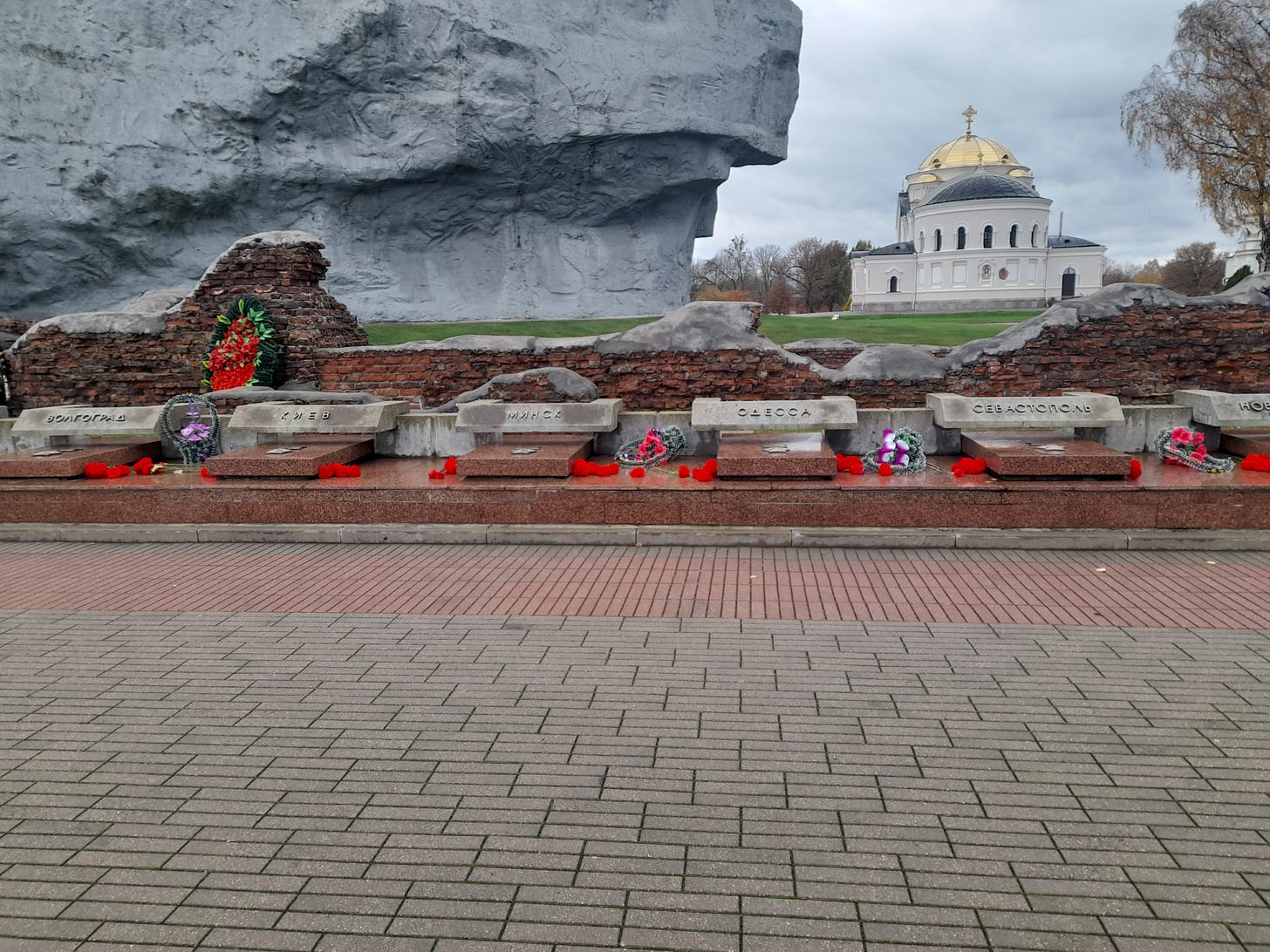Belarusian Autumn- Fortress of Heroes
The courage of Soviet soldiers in the Second World War is a very strong part of the nation-building dialogue in Belarus
Being in Brest with a group of Russians, it was inevitable for us to be taken to the Brest Fortress, originally called the Brest-Litovsk Fortress when it was built in the 19th century. This fortress is literally a stone throw away from the Poland border and of one of the most strategically important points in central Europe.
On the day of the summer solstice in 1941, the small Soviet contingent guarding the fortress was taken by surprise when the Wehrmacht launched an artillery barrage. The fortress was completely surrounded within hours, but the Red Army fought on for several days and it took over a month to defeat the last Soviet platoon that held on. The defenders of the fortress were classified as national heroes in the USSR and have the same status in Russia and Belarus.
As someone who visited Volgograd (Stalingrad) exactly two years ago, I felt a mix of honour, fear and glumness to be in yet another theatre of the Second World War. The dark and cloudy skies that loomed over the famous sculpture of an unknown defender were a reminder that several decades after the great war, humanity has not learned any lessons.
A pair of young guides took us on an excursion of the fortress, showing us how the Nazi siege prevented families for getting water from the river that surrounded the fortress.
Under Nazi occupation, it was visited by Hitler and Mussolini.
It was only in July of 1944 that Brest was liberated from Nazi occupation.
Among the ruins of the fortress are beautiful walking and bicycle paths. In November, the last of the golden and maroon autumn foliage is visible and there are several points from where the bend in the river can be seen.
By the main eternal flame, there are plaques to other “hero cities” such as Moscow, Minsk, Leningrad, Kiev and Odessa. Floral bouquets in the colours of the Belarusian and Russian flags are laid by the monument, but there is a missing elephant in the room, given what is going on in the wider region.
We had only an hour to see other parts of the city before heading for the Belovezhskaya Pushcha national park. There is a bit of Russia, Poland, Lithuania and Sweden in this Belarusian city. One can see this in the various architectural influences in Brest. For a city that was ravaged by brutal wars, the heritage has been well preserved.
After more or less being a closed country since its independence from the USSR in 1992, Belarus is opening up and wants the world to visit. In Brest, visitors will see a city that is at ease with its past and comfortable with its present, while looking at the future with optimism. Locals say their city has always absorbed influences from east and west and wants to be a bridge in an increasingly polarised and walled world.
After lunch of mushroom soup, beet root salad and dranikki, we were off to the national park. I definitely want to come back and experience the culture of this beautiful city. Maybe in the warmer months!







You are walking on the paths of history. Apart from the description of WW2, which was interesting for me to read (and I share your response having visited Volgograd/Stalingrad myself), the reference to the Belovezhskaya Pushcha park brought back memories of watching on Soviet television the outcome of the meeting between the leaders of Russia, Belarus, and Ukraine held at this place on 8 December 1991, which dissolved the Soviet Union. President Gorbachev has written in personal terms about this. His article is published by the journal Russia in Global Affairs published by Russia's Foreign Policy Research Association. The article is online at https://eng.globalaffairs.ru/articles/perestroika-and-new-thinking-retro/